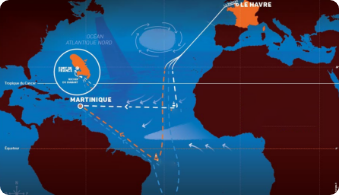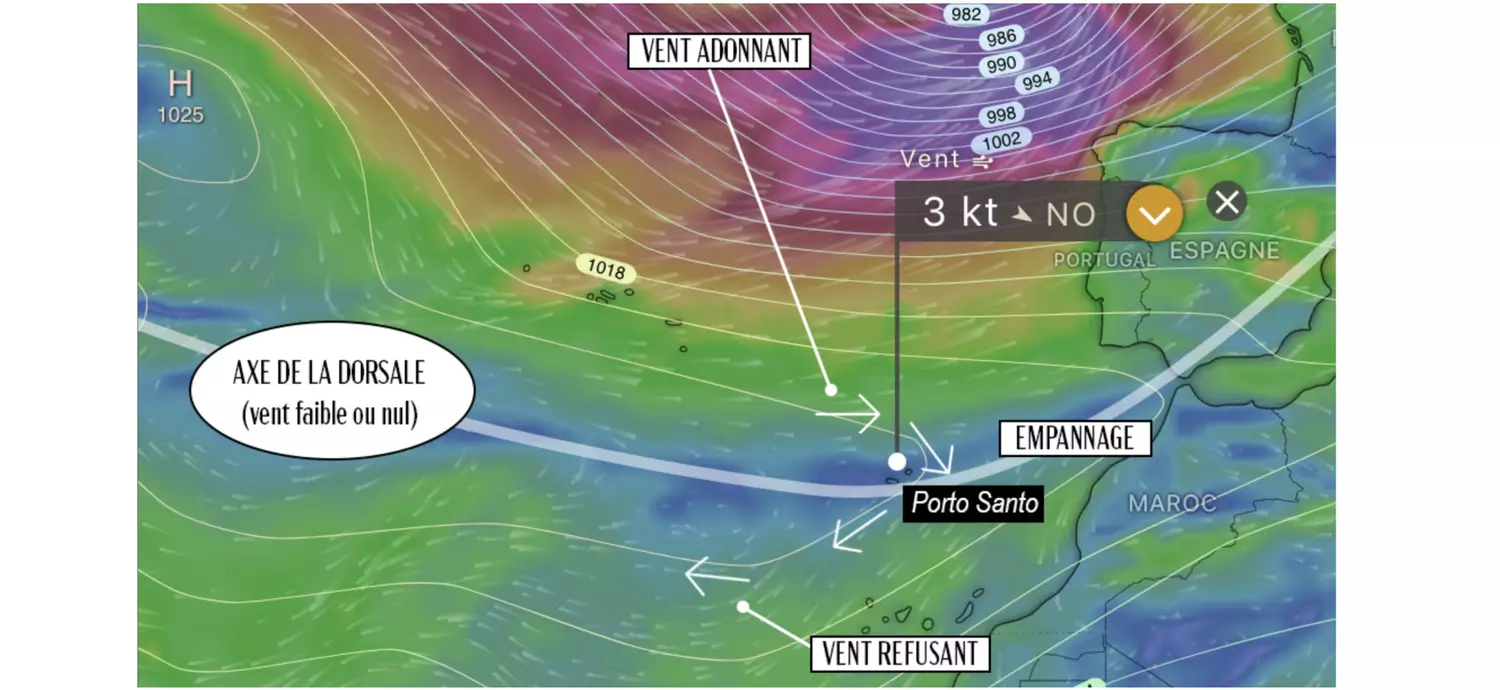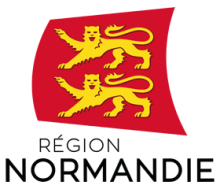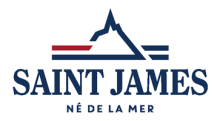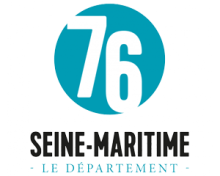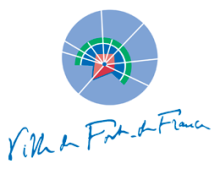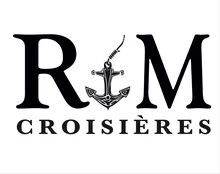On the Atlantic coast and from what lies ahead in the next 48 hours, it is hard to imagine that the famous Azores High even exists. But it certainly does. It is in fact this high-pressure system that is partly responsible for the way low-pressure systems move to its North and how the trade winds are blowing to its South.
One high-pressure system is not like another in terms of its shape, but in general the winds circulate clockwise around it in the Northern Hemisphere. We often find a narrower area extending from them that we call a “ridge,” where the highest pressure can be found in the central axis.
In practical terms, the ridge that the ULTIM Boats are about to attempt to cross is stationary stretching out from East to West at the latitude of Gibraltar. To its North, the competitors will feel the wind dropping off and veering from SW to West and then to NW. After passing through its centre, where the wind is generally very light (dark blue area), the boats will gybe and to the South of the ridge, they will pick up winds that become stronger and stronger and tend to blow increasingly from the East, which should allow them to pick up speed.
Each ridge is a unique case
That is the theory in any case. In practice, some ridges are harder to cross than others. Tonight or during the day tomorrow, the ULTIMs will have to do a lot of manoeuvres and make a lot of sail changes. However, it may not be in one single gybe that they cross the centre of this weather pattern and they can easily find themselves stuck for several hours in calms. Remembering that an ULTIM takes off in twelve knots of real wind and gets straight up to thirty knots of speed, a competitor that is stuck in 4 or 5 knots of wind, can find it hard to get above ten knots.
In other words, crossing this weather pattern is going to be crucial for what happens next and can lead to huge gaps developing. They will need to keep their wits about them, use up a lot of energy during manoeuvres and strike it lucky if they want to get across without any hold-ups.
The boats have to leave Porto Santo to starboard and this adds even more spice to the situation, as it restricts their options. Some may decide to pass right up close to the Portuguese island, but others will sail further East, even if that is longer and will require more manoeuvres, as the latest charts indicate that crossing the centre of the ridge will be easier there.
SVR Lazartigue has an advantage in terms of positioning, as François Gabart and Tom Laperche can legitimately hope to be the first to pick up the NE’ly winds allowing them to extend their lead. They will however be under pressure from a fleet, which is likely to narrow the gap before that. The chasing boats are in an interesting position, as they will be able to watch how the leader does and, if necessary, adapt their strategy based on the speeds they will be able to observe.





